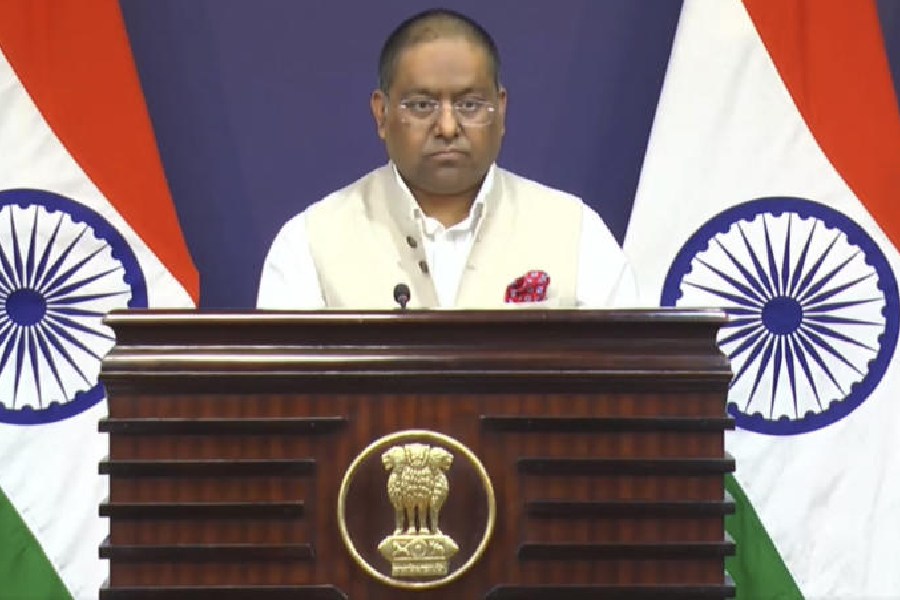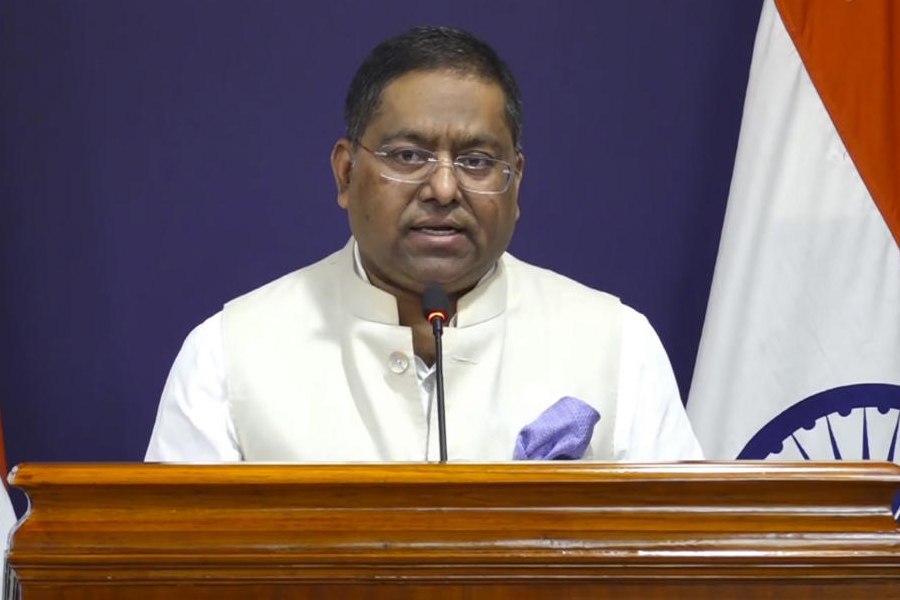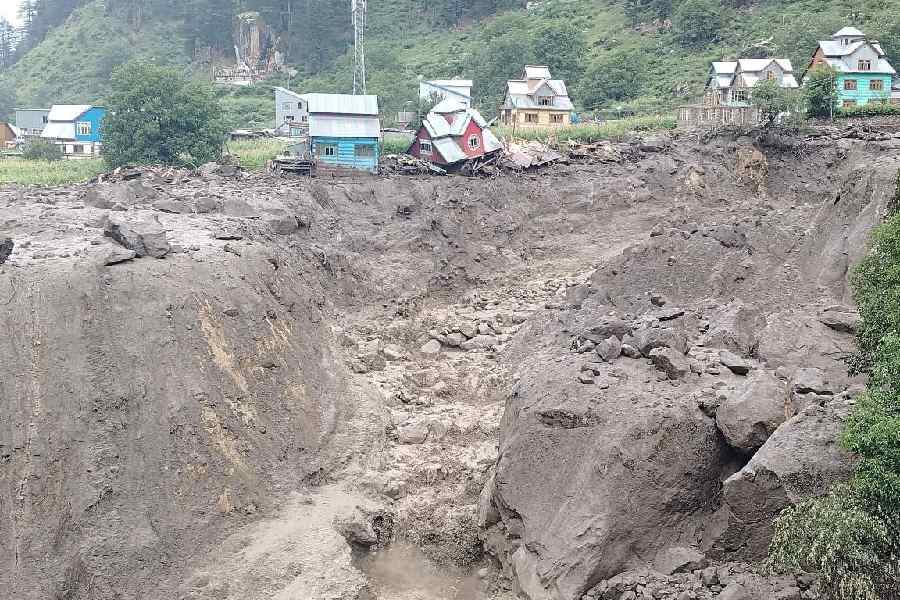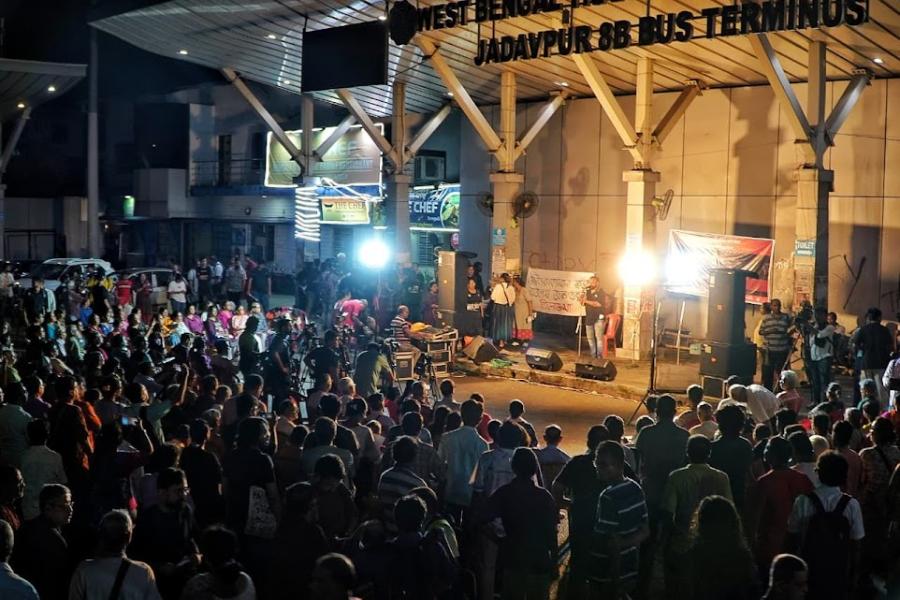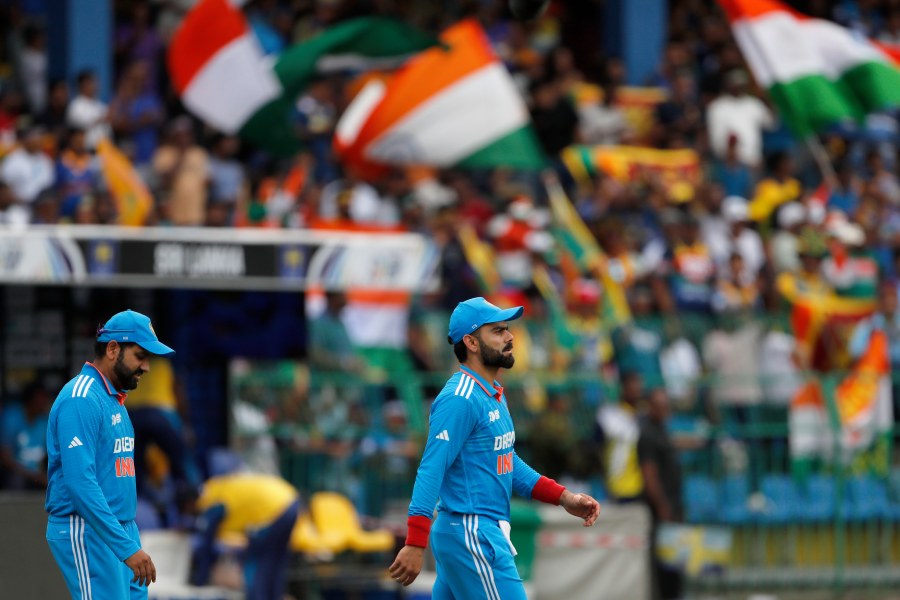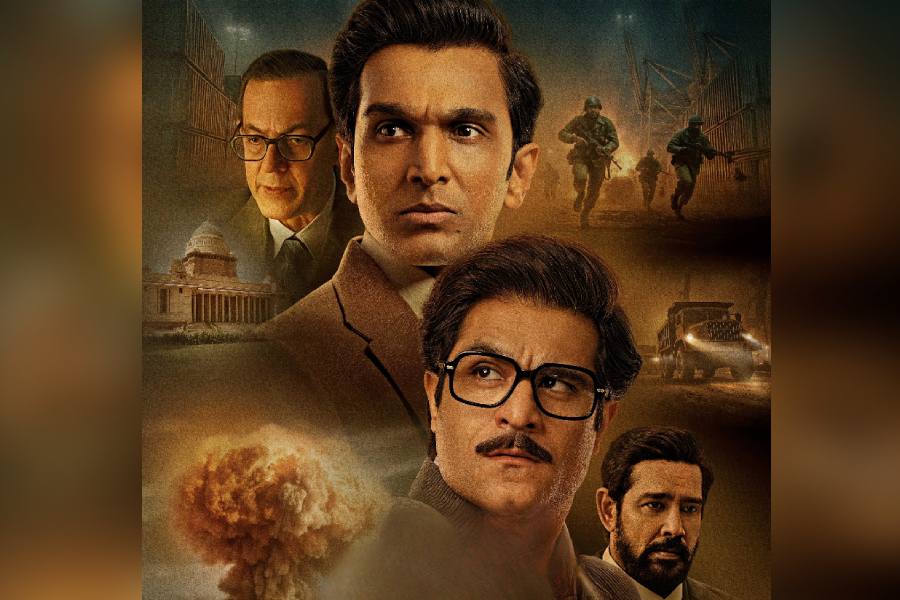 |
 |
| An old picture of Bangiya Sahitya Parishad (top) and (below) Bangiya Sahitya Parishad now. Picture by Sanjoy Chattopadhyaya |
Halsey’s sprawling garden was once located between Nandan Bagan Street and Halsey Bagan Road, which is now Nirode Behari Mallik Road. It was bound by what is now APC Road on the west and Gouribari Lane on the east.
Halsey’s garden was acquired by Umichand, who was renowned for his flowing beard. His name was the Bengali corruption of the Punjabi Amir Chand, and he was among the eminent Calcutta residents whose names have been immortalised in a Bengali proverb. He had married the sister of Huzuri Mull, well known for his immense wealth.
After changing hands, the garden had finally been acquired by Cossimbazar Raj. Most of it is a slum today. Raja Manindra Chandra Nandi of Cossimbazar had gifted a small parcel of this garden to Bangiya Sahitya Parishad.
The box-like building in Maniktala adjacent to the gateway leading to the temple garden of Rai Budree Doss Bahadur Mookeem has been renovated and whitewashed of late, but inside, Bangiya Sahitya Parishad looks quite as fusty as before with its tables for readers, the card cabinets and the library staff, who, with even eyelids immobile, seem to be frozen in time.
But two halls on the two upper floors are being made over into museums and archives where this institution’s rich and precious collection of manuscripts, rare books, ancient sculpture, other archaeological finds and artefacts will be displayed.
According to a booklet on the Parishad by Biswanath Mukhopadhyay, this institution was founded at 2/2 Raja Nabakrishna Street in Sovabazar in the house of Rajkumar Binoykrishna Deb Bahadur in 1893 on July 23, when its name was the Bengal Academy of Literature. Its aim was to nurture Bengali literature through studying English literature on one hand and Sanskrit literature on the other.
The minutes of its meetings were written in English, its monthly journal was called The Academy of Literature and even its contents were in the queen’s language. Objections were raised against the overuse of English in all spheres of life. On February 18, 1894, the name Bangiya Sahitya Parishad was approved and the monthly journal was renamed Sahitya Parishat Patrika.
The first president of Bangiya Sahitya Parishad was Rameshchandra Dutt and vice presidents were Nabin Chandra Sen and Rabindranath Tagore. In the early stages many Englishmen headed the institution. At one point of time, of the six prominent members, five were Englishmen, the only Indian being the poet, Mankumari Debi.
In 1303 BS (1896), the Parishad operated from Binoykrishna Deb’s Grey Street houses. By 1306 BS, it had 348 members and their numbers continued to increase. So, the office was shifted to Cornwallis Street (Bidhan Sarani) but again the problem of numbers surfaced. On the first of Baishakh 1307, some members of the institution met Raja Manindra Chandra Nandi of Cossimbazar Raj pleading with him to gift the institution a plot where it could construct a building of its own.
The generous zamindar granted a five-cottah plot in Halseybagan. Another delegation of members, including Haraprasad Shastri and Ramendrasundar Tribedi, once again met the Raja and begged for more land, whereupon he added two more cottahs. The building was inaugurated on 1315 BS.
The members of the Parishad appealed to the countrymen for contributions, and in response, Maharaja Sawaiji Gaekwad donated Rs 5,000. Manindra Chandra gifted seven cottahs once again in 1321 BS, so the Parishad was in possession of 14 cottahs. This extra land was meant for Rameshchandra Saraswat Bhaban, and Lord Carmichael laid its foundation in 1323 BS.
In 1332 BS, when Lord Lytton inspected the picture gallery, he was highly impressed and donated Rs 16,000 to the institution. Apart from other individuals and institutions, the Calcutta Corporation, besides generously donating to the Parishad’s kitty, also allowed it tax relief.
The items meant for the picture gallery were stored on the ground floor of the new building. Once Ramesh Bhaban was ready in 1331 BS, these artefacts were transferred there. Now it is the stack room.
The gallery was later transferred to the first floor of what is now the main building. The book collection increased to such an extent that extra space was needed. The first floor of Ramesh Bhaban was added only after a drive was started to collect contributions for its construction.
Artefacts were being collected for the museum (gallery) from 1313 BS. Initially, archaeologist Rakhaldas Bandopadhyay had collected ancient coins and made a catalogue of them. From the time the Parishad was founded, people from all over India, particularly zamindars and other overlords of Bengal, contributed ancient coins and other artefacts to this institution.
Besides stone and metal sculpture, it has a collection of costumes, cards from Vishnupur, manuscripts of Vidyasagar’s Shabda-Sangraha and of Sister Nivedita’s The Master as I saw Him, and diaries of eminent people as well.
Learned people from far and wide came to see the museum and marvelled at its collection. It also has a vast repository of magazines and journals and palm leaf manuscripts, and many well-known people had contributed their valuable collections to the Parishad.
It also has a publishing section which has been functioning since 1313, and has been instrumental in enriching the Bengali language.
On its 115th year, the second floor hall will soon become its main gallery where the collections of Raghunath Goswami, Bishnu De, Amarendralal Choudhury and Hirendranath Mitra will be displayed.
Here the items will be displayed district-wise to identify their individual styles. The valuable stone sculptures will be shown here. Another room on the same floor is meant for everyday arts. A shrine, a dining room and a kitchen of yore will be recreated in three different sections of this space where related utensils will be on view.
The Parishad has received Rs 12 lakh from the culture ministry, Rs 54 lakh from the 12th Finance Commission, and the Calcutta Municipal Corporation has also granted Rs 15 lakh for restoration of the facade.
The first floor hall is being turned into a literary museum which will mainly be an archive. A drive will be started to raise funds to complete cataloguing of the books and digitisation of the rare books.





